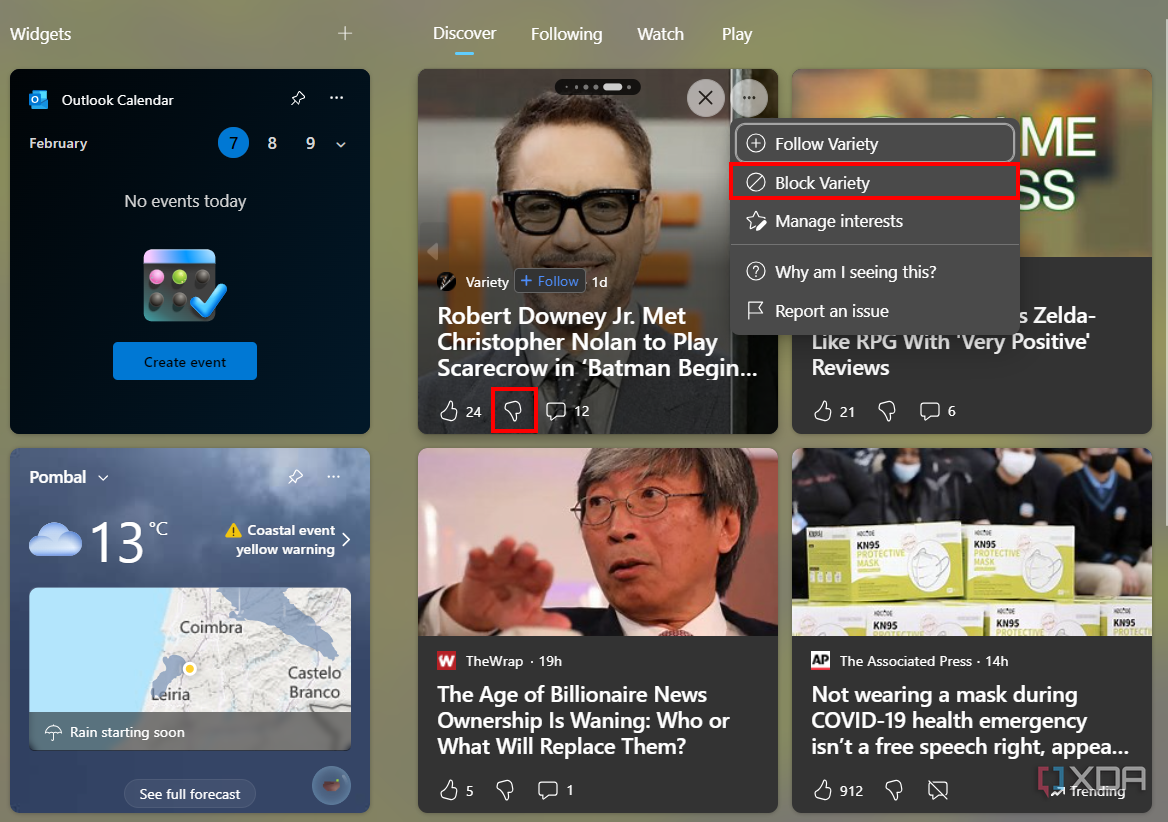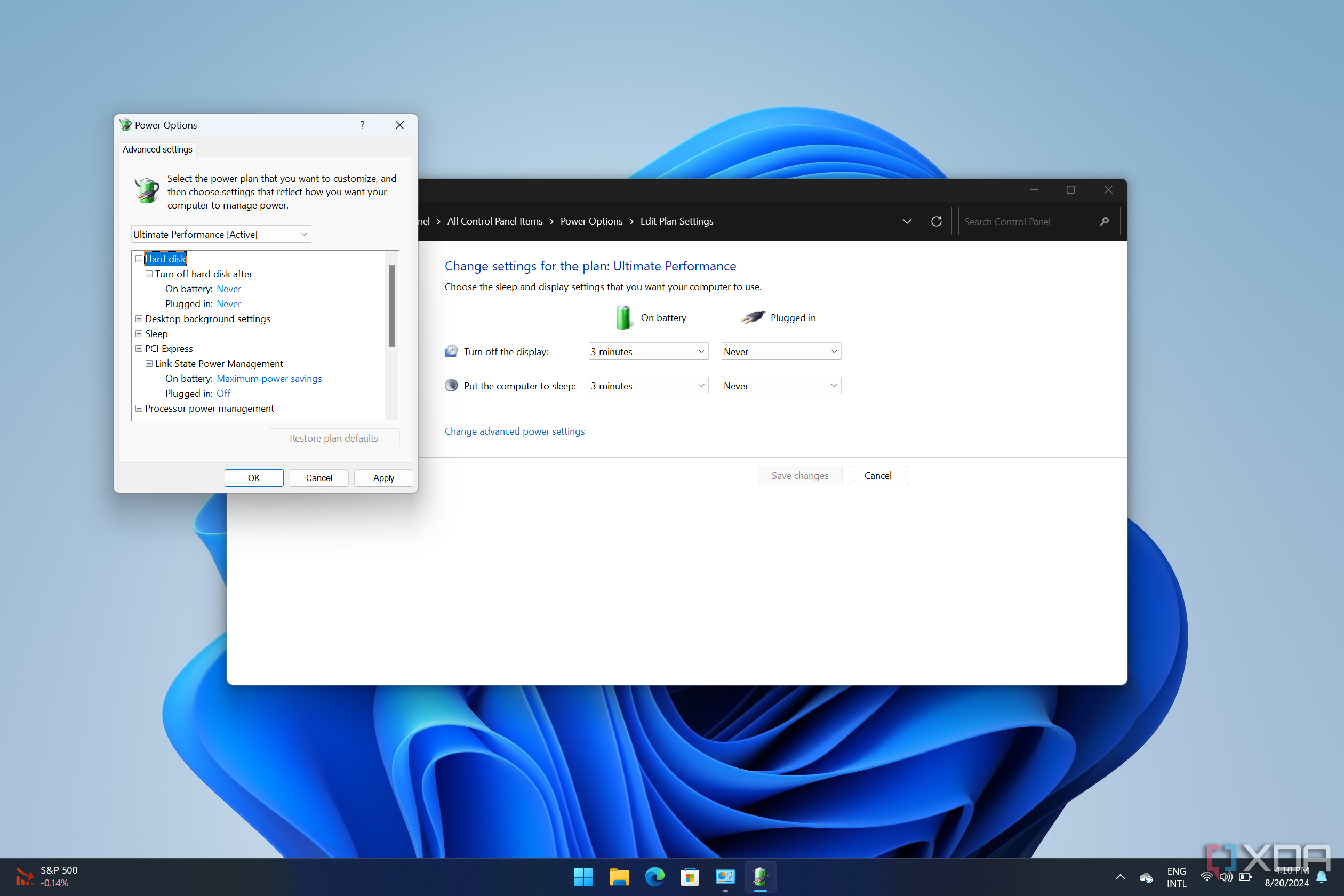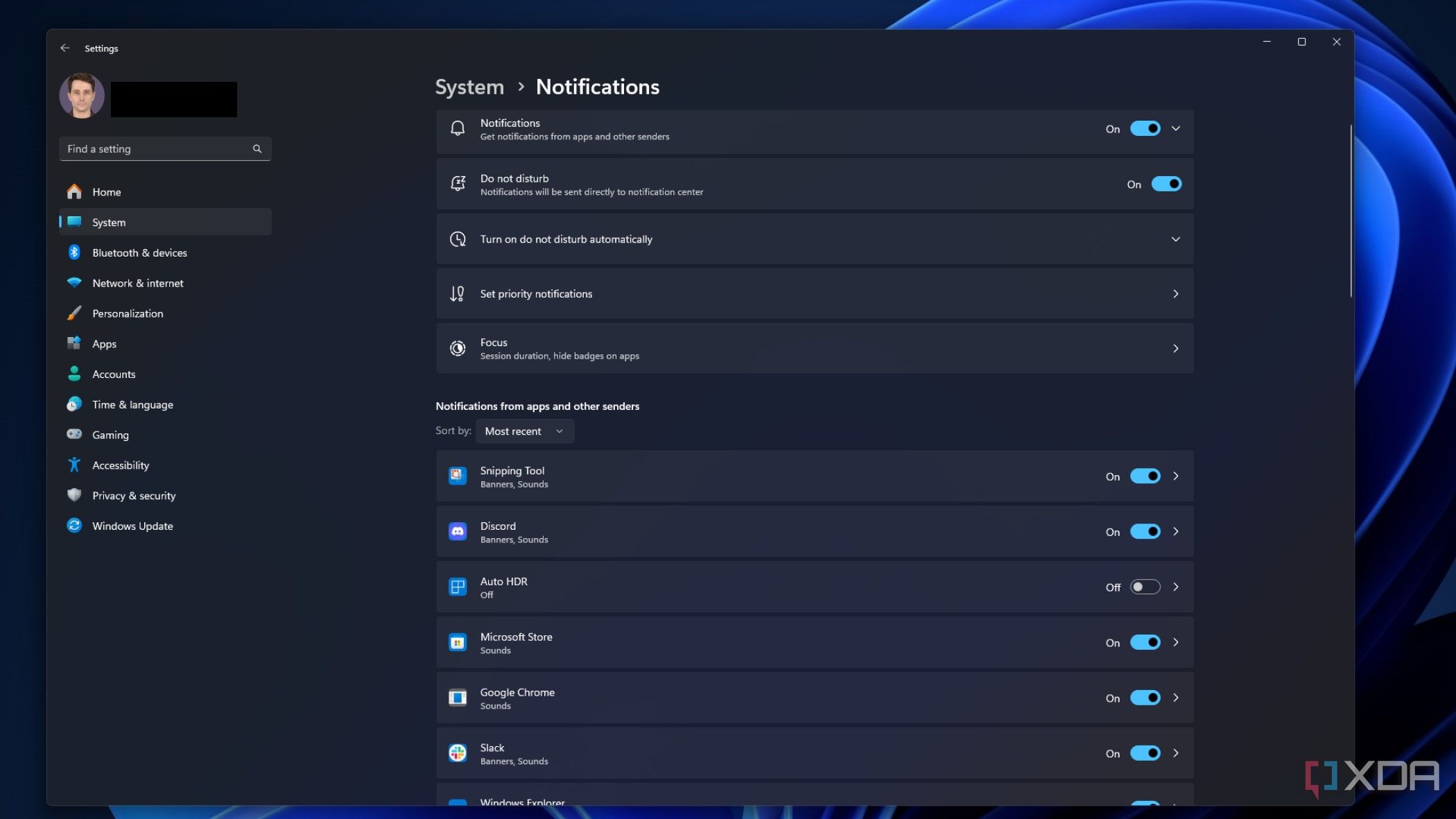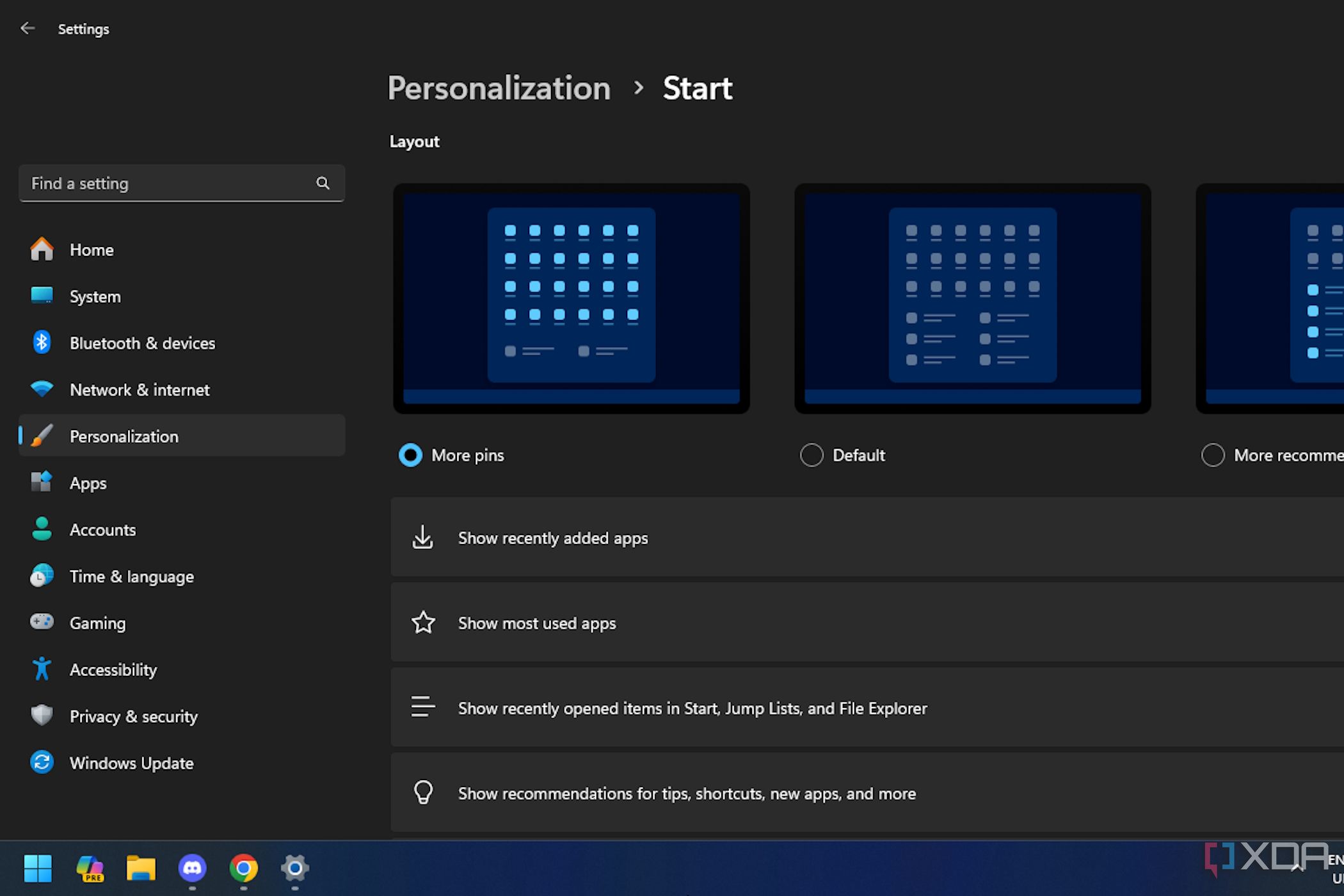Tech
5 Windows 11 settings you should change now

Windows 11 is one of the most popular operating systems in the world, used by millions of people, which means that some of the programs and settings active on Windows 11 by default might not be useful for everyone. Luckily, with a few trips to the Settings menu, you can change and customize Windows 11 so that it has less clutter and bloatware on your desktop and has more useful features that you can take advantage of.
5 Quality of life settings
Dark mode, Taskbar, and hidden files
To get the bonus settings out of the way, we’ll start with a combo. If you want a quick quality-of-life upgrade to the standard Windows 11 experience, then you should change these three settings.
Windows 11 ships with Light mode turned on by default, but I’m guessing you probably don’t like staring into the sun every time you open a program on your PC. So, the first thing you should change is your default theme from Light mode to the best-looking Windows 11 theme, Dark mode.
The next thing you’re going to be staring at a lot is your taskbar. If you don’t like the taskbar floating in the middle of your screen, then you can move the icons to the left side of the taskbar like it was in Windows 10. While you’re at it, you can also change the location of your taskbar to the left, right, or even the top of your screen if you want to spice things up even further.
The last setting here isn’t in the Settings menu but rather in File Explorer. If you open File Explorer, click on View and enable the View hidden files option. You can now see files that are usually otherwise hidden. This can help you access more of your PC and allow you to remove unwanted files. This also means that you can now create hidden folders and untick the setting to make sure your personal files can’t be seen or opened by just anyone who uses the laptop.
No more News & Weather
While some people may use the News & Weather panel on their PC, most people do not want the extra clutter on the taskbar, and would rather remove it entirely. Luckily, you can remove it with a simple settings change. For this setting, you want to go back to the Personalization tab and click on Taskbar. From here, simply turn off widgets.
This does have the negative effect of no longer being able to easily access your widgets. However, you can still search for and pin your favorite widget shortcuts on your desktop, taskbar, or start menu. If you’re not a fan of AI, you can also turn off Copilot in the taskbar section. While you’re at it, you can also customize which programs you want on your system tray, if you’d like to add your most frequently used programs.
3 Power Plan settings
Depends on the type of PC you have
To change your Power Plan on Windows 11, simply search for Power Plan in the search bar and select the option that says Choose a Power Plan. When you open the Power Plan window, you should be set to the default Power Plan mode. From here, the Power Plan you choose will depend on what type of PC you are using and what you are planning to use it for.
If you are using a laptop, then you’ll want to set your Power Plan to Power Saving mode so that your battery will last as long as possible without recharging. You can always change this power plan to a higher performance mode if your laptop is always plugged in, but this can be incredibly useful when using more resource-intensive programs on laptops.
If you are using a desktop PC, specifically a high-end PC, then you will want to change your Power Plan option from default to High Performance so that you can get as much power to your components as possible. However, if you are just using your desktop for general work programs, you’re better off leaving it on the default mode.
2 Notifications and ad settings
No more annoying notifications or suggested ads
There’s nothing worse than starting up your PC and being spammed with notifications and suggested ads on an operating system that you bought. Whether it’s promoted Microsoft Store apps, suggested content, or related web searches, it seems that Microsoft values your ad data more than it does your peace of mind.
But it is way easier to get rid of a lot of these annoying pop-ups and ads than you may think. From the Settings menu, head to the Privacy & Security tab and open the General section. From here you will need to turn off these 4 settings:
- Let apps show me personalized ads by using my advertising ID
- Let websites show me locally relevant content by accessing my language list
- Let Windows improve Start and search results by tracking app launches
- Show me suggested content in the Settings app
There is still one more setting to turn off before you’re done. Open the Settings menu again, click on the Notifications tab, scroll down to the bottom, and uncheck the box that says “Get tips and suggestions when I use Windows.”
Time to remove all the clutter
If you’re tired of looking at all the clutter that Microsoft puts on its Start Menu, then you’ll be happy to know that you can remove a lot of the recommended apps and instead fill the space with programs that are actually useful to you. To do this you just need to navigate to the Personalization menu and click on Start.
In this window, you will need to choose a layout and there will be a few settings that you’ll want to turn off. For the Layout, you can leave it as default unless you want more pins on the Start Menu. If you want to get rid of all the clutter in the Start Menu, then you’ll want to turn off these 5 settings:
- Show recently added apps
- Show the most used apps (optional)
- Show recently opened items in Start, Jump Lists, and File Explorer
- Show recommendations for tips, shortcuts, new apps, and more
- Show account-related notifications occasionally in Start
To make the Start menu useful again, open the Folder section and add which folders you want to add to the Start Menu. You can also add in specific programs that you use a lot so that you have easy access to everything. And voilà, your Start menu looks much cleaner now and will take fewer resources to load in the background.














